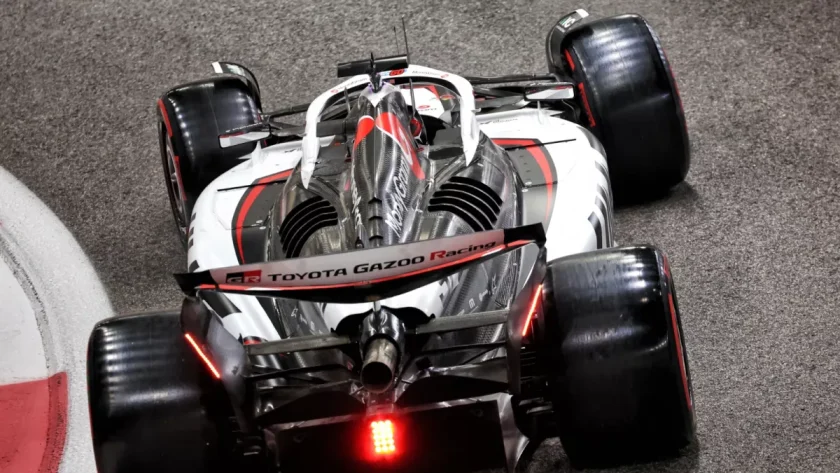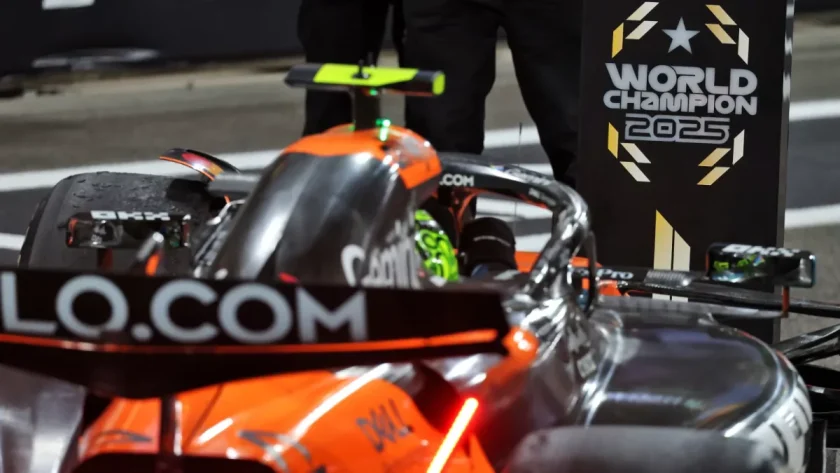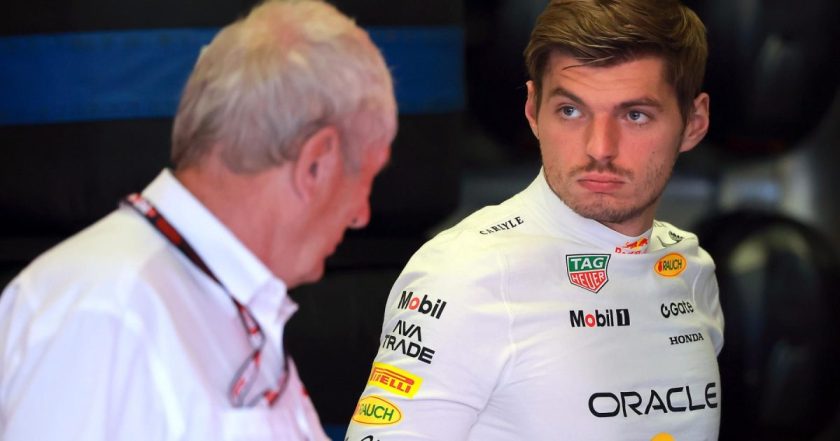The flexi-wing controversy in Formula 1 has been ongoing for months and recently faced new deflection tests during the Spanish Grand Prix weekend, which did not considerably alter the situation. Red Bull supported these new tests as they believed McLaren was exploiting aero-elasticity for an advantage, but the impact turned out to be subtle.
The new tests focused on limiting the permitted flex on front wings to 10mm, down from 15mm, aiming to control aero-elasticity and enhance fair competition. Despite concerns, the overall performance gap between teams remained relatively unchanged, prompting Lewis Hamilton to criticize the test as “a waste of money.”
Aero-elasticity plays a crucial role in maximizing performance benefits, especially in balancing mid-corner changes in today’s ground-effect cars, highlighting the complexity of regulating these components. McLaren had already tested a front wing compliant with the new rules and found the impact to be minimal, reinforcing the team’s anticipation of the test’s limited effect.
Team principal Andrea Stella mentioned that the predicted outcome aligned with the actual results, underscoring the meticulous approach taken by teams in adapting to the new regulations. The dynamic nature of aero-elastic components necessitates constant evaluation and innovation, reflecting the competitive landscape in Formula 1.





